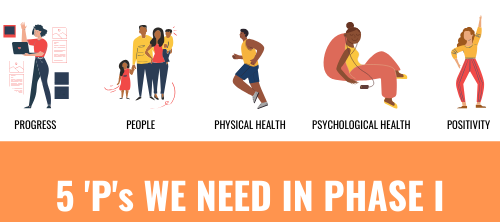Why do many children from low-income families struggle to acquire reading proficiency?
Why do many children from low-income families struggle to acquire reading proficiency?

1. Lack of explicit and systematic phonemic instruction
How does a child develop reading proficiency? By gaining phonemic awareness, and then learning to read.
Children from low-income families lack the language exposure and are less likely to pick up phonemic awareness without explicit and systematic instruction. A child’s level of phonemic awareness on entering school is widely held to be the strongest single determinant of the success in learning to read — or, conversely, the likelihood of failure (Adams, 1990)1.
In most Singapore preschools, phonemic awareness instruction is not deliberate and purposeful. Phonemic awareness instruction should be child-appropriate, intentional, not incidental (or even accidental), in classrooms. (Adams & Bruck, 1995)2. Many English language preschool educators are themselves not familiar with the concept of phonemic awareness. While there may be lessons in phonics, they are often limited to teaching the letter-sound association without teaching children to work with the sounds. Often, children are merely able to identify the sounds, but they are not able to apply the phonics knowledge to decode words.
2. Lack of tiered lessons
Without a sound foundation in phonemic awareness, children from low-income families are at a distinct (and, possibly, insurmountable) disadvantage when developing grade appropriate reading proficiency. The challenge to pick up reading skills is further compounded by the fact that in many preschools, these children have to contend with work that is pitched above their abilities. Typically, preschools do not provide sufficient support for children who may not be able to keep up with the pace of the lessons. It is possible that many children from low-income families fail at reading simply because no one taught them to read at 5 and 6 years of age.
3. Limiting reading to word decoding
Children from low-income families typically lack home support in language development. Many of them would not have been read to at home nor be exposed to a print rich environment. Because such children would typically acquire some word recognition at school, their reading experience may involve no more than decoding of words and they do not naturally make connections with the text. (Schools, in general, fail to allocate dedicated time for children to be read to.) The consequence of this failure to engage with the text is the inability to comprehend what is read. This lack of reading comprehension severely handicaps them in their learning in school.
This is why we do what we do. Our GROW programme is designed specifically to address the fundamental literacy needs of children from low-income families who struggle to acquire reading skills. We focus on establishing the children’s phonological awareness (through the systematical teaching of phonemic awareness) before introducing actual phonics. We adopt the Response-to-Intervention (RTI) methodology which emphasizes systematic screening, tiered intervention and progress monitoring.
GROW has the potential to make a tremendous difference in the lives of the children from low-income families.
“If kids come to us from strong, healthy functioning families, it makes our job easier. If they do not come to us from strong, healthy, functioning families, it makes our job more important.”
Barbara Coloroso
1Adams, M. J. (1990). Beginning to read: Thinking and learning about print.
2Adams, M. J., & Bruck, M. (1995). Resolving the “great debate.” American Educator, Summer, 7, 10–20.





